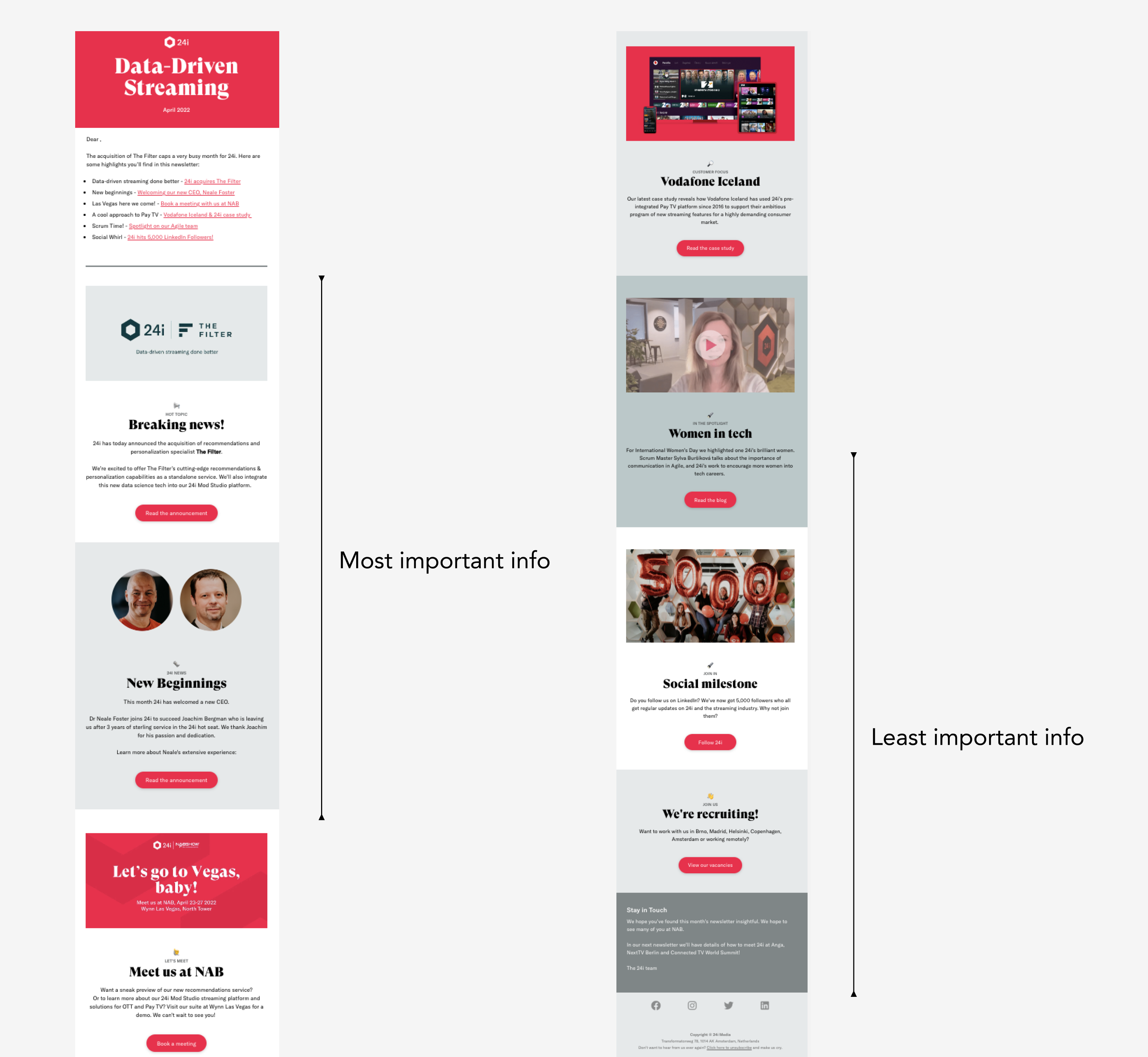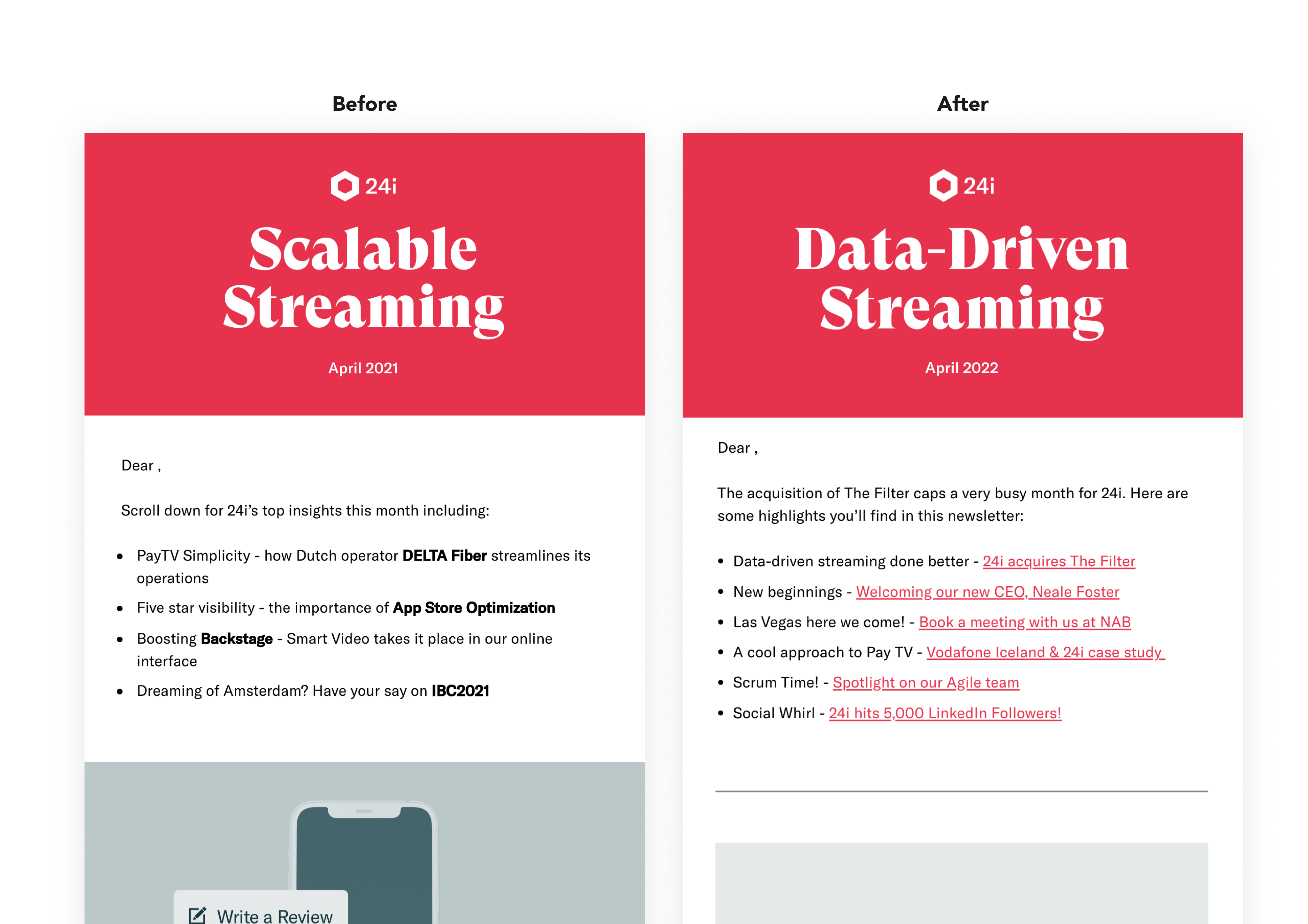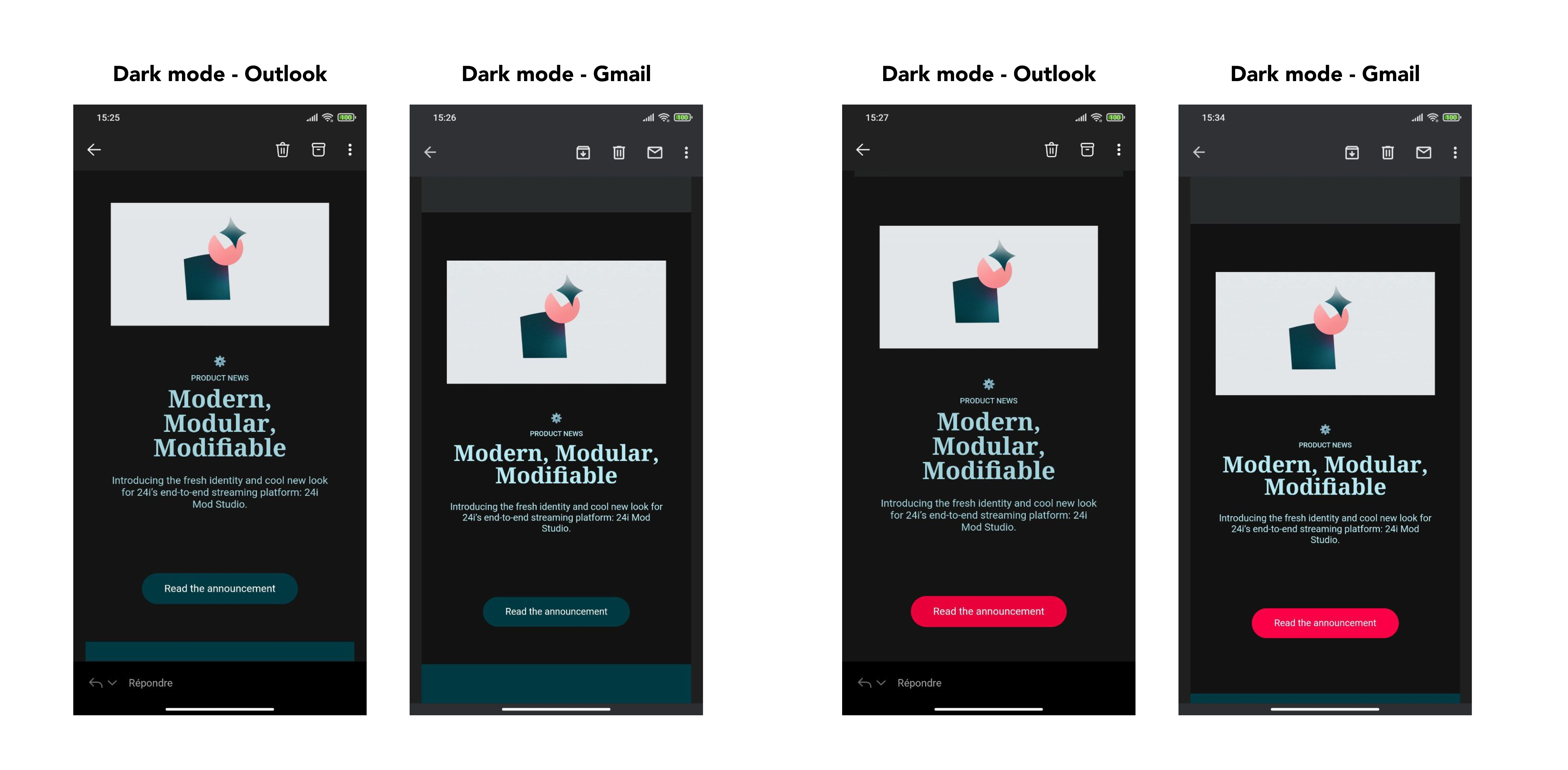Heading 1
Heading 2
Heading 3
Heading 4
Heading 5
Heading 6
Lorem ipsum dolor sit amet, consectetur adipiscing elit, sed do eiusmod tempor incididunt ut labore et dolore magna aliqua. Ut enim ad minim veniam, quis nostrud exercitation ullamco laboris nisi ut aliquip ex ea commodo consequat. Duis aute irure dolor in reprehenderit in voluptate velit esse cillum dolore eu fugiat nulla pariatur.
Block quote
Ordered list
- Item 1
- Item 2
- Item 3
Unordered list
- Item A
- Item B
- Item C
Bold text
Emphasis
Superscript
Subscript
Challenge: improving engagement with our newsletter
As the leader of this initiative, my goal was to boost engagement with our newsletter by increasing both the open rate and click-through rate. To achieve this, I collaborated closely with the Chief Marketing Officer, copywriter, and operations specialist, ensuring alignment with business goals and seamless execution.
Together, we aimed to capture more attention and encourage users to interact with the content more frequently.
Results: positive growth across key metrics
Over the course of a year, we successfully increased our open rate from 29.08% to 32.32%. Along with this improvement, we also saw an uptick in both click and reading rates, demonstrating that our efforts were effective.
.png)
.png)
How did we achieve this improvement?
Under my leadership, we implemented several changes based on hypotheses and ran A/B tests. The emails with higher performance metrics were considered the winners, and their changes were fully adopted in future sends. Collaboration with the team was key to ensuring all efforts were cohesive and data-driven.
.jpeg)
First change: optimizing the subject line
To increase open rates, we decided to refine the subject line copy. The copywriter and I led the experimentation with different approaches, including adding emojis, referencing popular events, and incorporating high-impact words. These changes produced significant improvements, confirming the power of a compelling subject line in driving opens. The copywriter played a critical role in crafting engaging and attention-grabbing subject lines.

Second change: revamping the information hierarchy
Next, we focused on improving the information hierarchy within the email. By prioritizing and displaying high-value content at the top, we made it easier for readers to engage with the most important information right away. This structural change helped increase user engagement and made the content more accessible. I worked closely with the Chief Marketing Officer to align the messaging and ensure the content was prioritized effectively.

Third Change: adding anchors for better navigation
We also introduced anchors at the top of the email to allow users to jump directly to relevant content. This change significantly improved the user experience (UX) by making it easier for recipients to navigate the email, leading to a positive impact on engagement metrics. The operations specialist provided valuable insights into optimizing the email layout for efficiency and usability.

Fourth change: experimenting with colors
We experimented with color adjustments to see if they would affect user engagement. While changing the color of the email header had no significant impact, we noticed a negative effect when we changed the color of the call-to-action buttons from red to green.
After investigating, we discovered that the green buttons were not accessible in dark mode, which led to the decrease in engagement. This was a collaborative effort, where I led the design changes, and the operations specialist helped identify and troubleshoot the issue.
.png)

Conclusion: continuous iteration and testing are key
This project reinforced the idea that small design changes can have a big impact, whether positive or negative.
As the leader of this initiative, I ensured the team remained aligned and data-driven throughout the process. My main advice here is to change one element at a time to accurately assess the impact of each change.
Design is an ongoing process, and what works today might not always work tomorrow, so it's essential to keep testing, iterating, and staying agile to maintain optimal results. As designers, we need to remain adaptable and proactive in responding to shifts in user behavior and preferences.